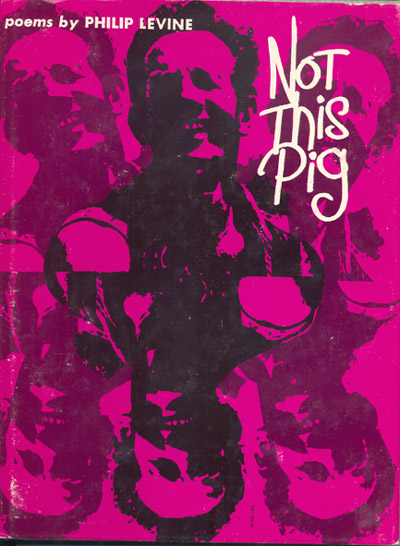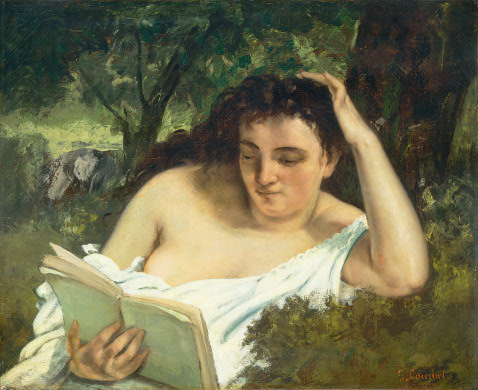Kiki of Montparnasse in Man Ray’s 1926 silent film “Emak-Bakia” [Photo source: Stills, a blog with the descriptor, “I Watch, I Screen-Cap, You Look” – I love it!]
When Man Ray’s short film “Emak-Bakia” debuted in Paris in 1926, critical opinion was mixed. One angry viewer shouted that it gave him a headache and hurt his eyes, to which another retorted, “Shut up!” A brawl ensued, which spread through the audience and spilled into the street. Then the police arrived to quell the riot.
The story comes from the film’s Wikipedia entry. It may be apocryphal, but it fits a long tradition of Paris art openings. Ray’s experimentation with abstract elements, surrealist motives, and stop-motion animation was avant-garde at the time. It earned his place in the French film movement known as Cinéma Pur. Today’s film critics, sated by special effects, just yawn. According to Chris Dashiell in a 2001 review in CineScene.com:
EMAK BAKIA (1926) displays the influence of both surrealism and dadaism. Once again Ray experiments with the movement of shapes - many of the effects seem tired now after decades of innovation in animated film, but they were fresh at the time. He employs bizarre imagery as well - a man’s eyes turning into the headlights of a car, a flock of sheep, the legs of a dancing woman. Odd effects are attained through camera movement - sideways, upside down, etc. - or distortion of the image, as in a convex mirror.
Emak bakia means “leave me alone” in Basque, although an alternate idiomatic meaning is “the female [gives] the peace.” The legendary Kiki of Montparnasse, Ray’s model and mistress, drives a car in the film. Doomed Dada poet Jacques Rigaut appears dressed in drag.
The film was silent in its original cut. The version shown here comes from a video produced by the Centre Georges Pompidou in Paris (via Ubu.com, which hosts five other Man Ray shorts). The soundtrack was mixed with music from Ray’s personal record collection.
Thanks to The Drifter and the Gypsy for linking to my post on Man Ray’s Surrealist Muse (a photo portrait of Lee Miller) and thus pointing me to “Emak Bakia” (albeit a version with a New Age soundtrack; see parts 1 & 2).
![gustave_caillebotte_paris_street_rainy_day Gustave Caillebotte. Paris Street, Rainy Day (La Place de l’Europe, temps de pluie). 1877. Oil on canvas. Art Institute of Chicago. [Source: Wikimedia Commons]](../wp-content/uploads/2009/02/gustave_caillebotte_paris_street_rainy_day_1877_wiki.jpg)
![Fog at Isle Royale [Source: wildmengoneborneo.com] Fog at Isle Royale [Source: wildmengoneborneo.com]](../wp-content/uploads/2008/04/isle_royale_fog.jpg)
 If there is an emerging genetic underclass, I could run for class president or class clown. Read more in
If there is an emerging genetic underclass, I could run for class president or class clown. Read more in 

Pingback: Shed A Tear For The Subversion of Images… and Hackneyed Colonialism - a blind flaneur
I saw this film as a high school student in the 1970s - thanks for reminding me of it!
I must admit, I didn’t get your post title at first. I thought you were asking if the film had been the ‘forerunner’ or something of the 1920s. I forgot that there was a current film, “Avatar,” although I did see it: http://iamyouasheisme.wordpress.com/2009/12/26/avatar/
I can’t see any relationship between the two. Ray was imaginative, creative, innovative, and weird. “Avatar” is technologically advanced (3-D) but otherwise mind-numbing in its conventionality. My opinion anyway…
I agree with you, Lichanos. Man Ray is one of my tutelary spirits, and “Avatar” means nothing to me, really. I think I included that reference as a cheap throw-away because the media was saturated with “Avatar” stories at the time. What I meant to convey was how Man Ray’s films represented the state of the art in special effects in the 1920s. Thanks for checking in!